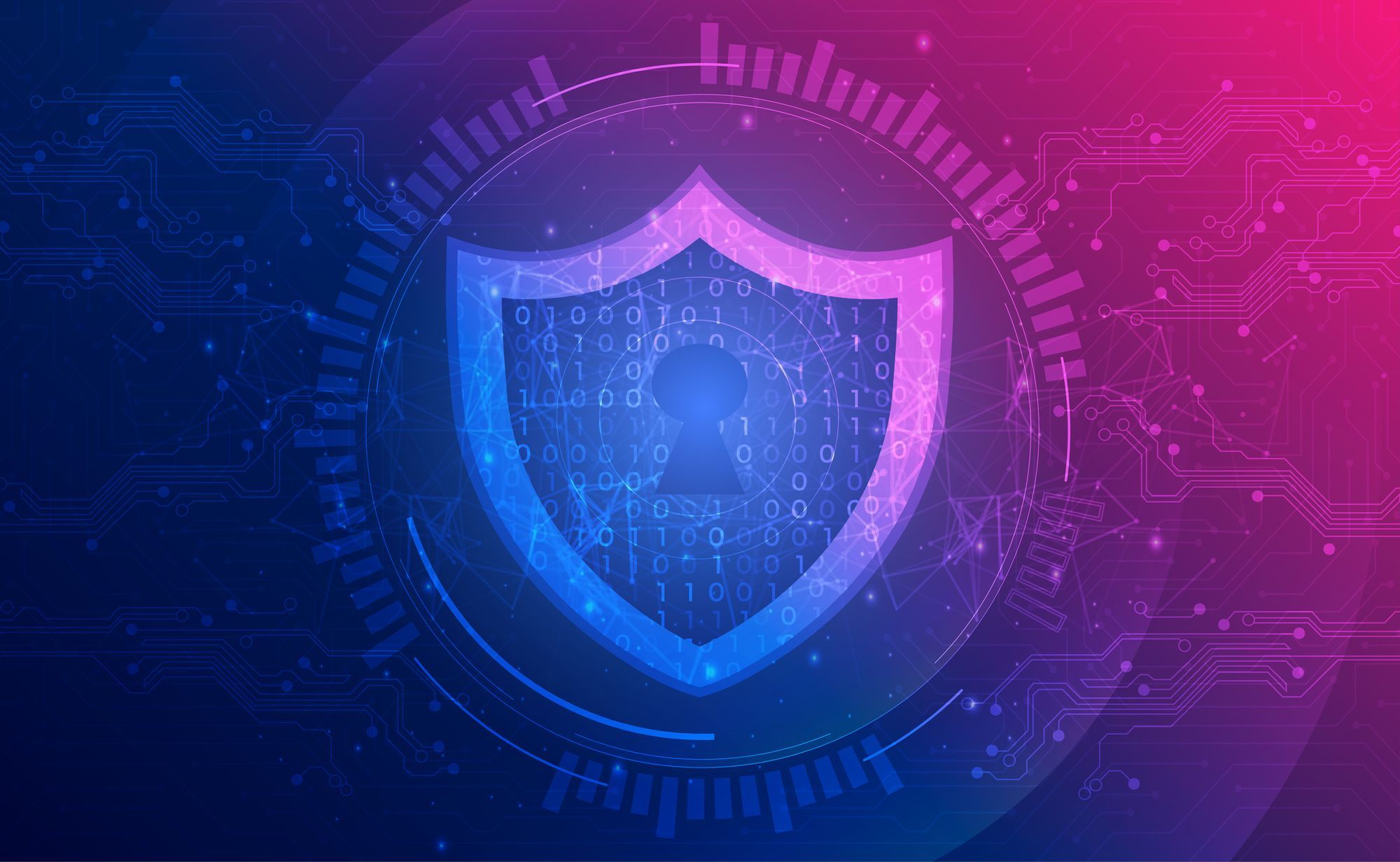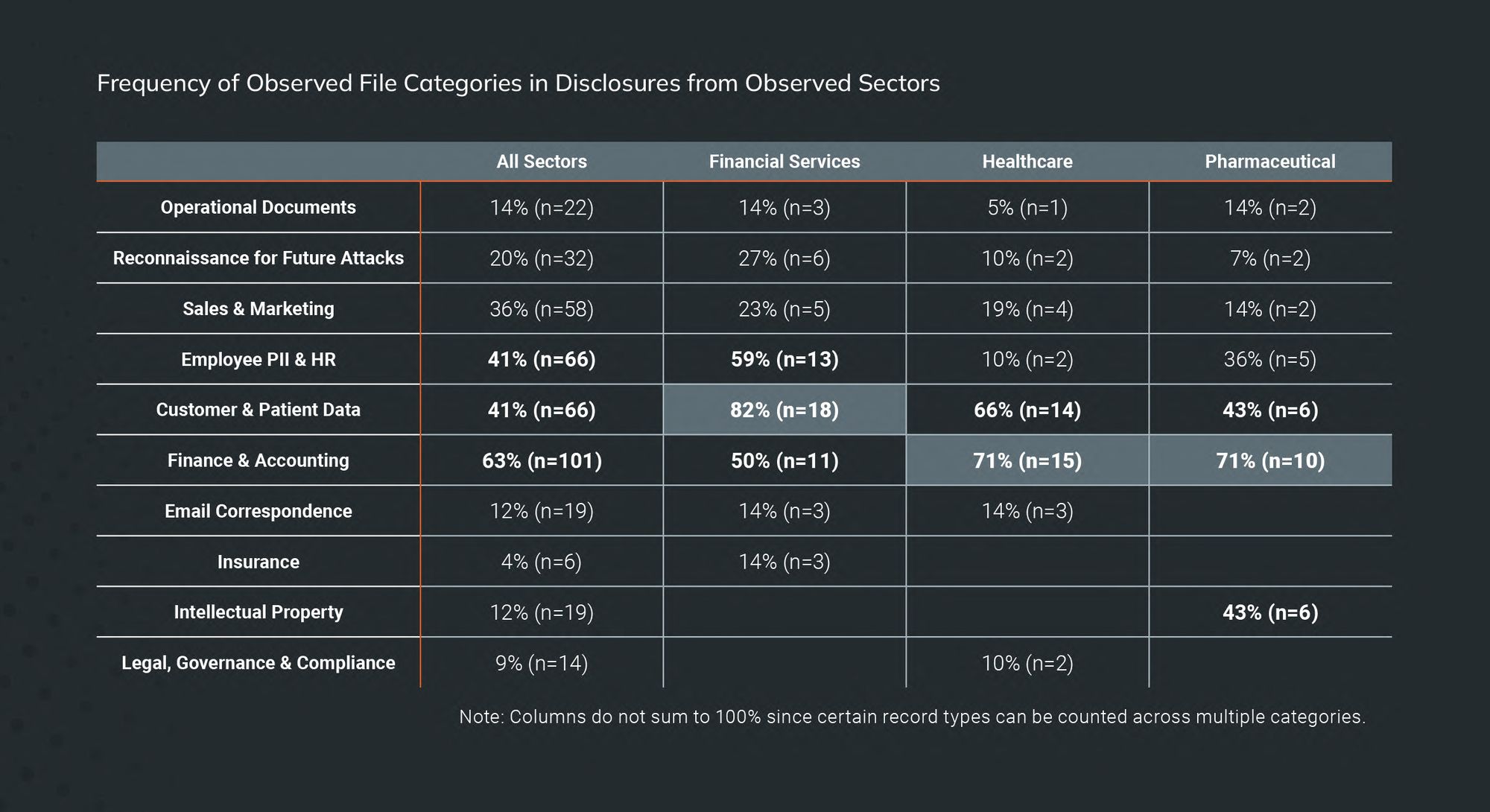Post Syndicated from Tom Caiazza original https://blog.rapid7.com/2023/11/09/artificial-intelligence-and-machine-learning-can-be-used-to-stop-dast-attacks-before-they-start/

Within cloud security, one of the most prevalent tools is dynamic application security testing, or DAST. DAST is a critical component of a robust application security framework, identifying vulnerabilities in your cloud applications either pre or post deployment that can be remediated for a stronger security posture.
But what if the very tools you use to identify vulnerabilities in your own applications can be used by attackers to find those same vulnerabilities? Sadly, that’s the case with DASTs. The very same brute-force DAST techniques that alert security teams to vulnerabilities can be used by nefarious outfits for that exact purpose.
There is good news, however. A new research paper written by Rapid7’s Pojan Shahrivar and Dr. Stuart Millar and published by the Institute of Electrical and Electronics Engineers (IEEE) shows how artificial intelligence (AI) and machine learning (ML) can be used to thwart unwanted brute-force DAST attacks before they even begin. The paper Detecting Web Application DAST Attacks with Machine Learning was presented yesterday to the specialist AI/ML in Cybersecurity workshop at the 6th annual IEEE Dependable and Secure Computing conference, hosted this year at the University of Southern Florida (USF) in Tampa.
The team designed and evaluated AI and ML techniques to detect brute-force DAST attacks during the reconnaissance phase, effectively preventing 94% of DAST attacks and eliminating the entire kill-chain at the source. This presents security professionals with an automated way to stop DAST brute-force attacks before they even start. Essentially, AI and ML are being used to keep attackers from even casing the joint in advance of an attack.
This novel work is the first application of AI in cloud security to automatically detect brute-force DAST reconnaissance with a view to an attack. It shows the potential this technology has in preventing attacks from getting off the ground, plus it enables significant time savings for security administrators and lets them complete other high-value investigative work.
Here’s how it is done: Using a real-world dataset of millions of events from enterprise-grade apps, a random forest model is trained using tumbling windows of time to generate aggregated event features from source IPs. In this way the characteristics of a DAST attack related to, for example, the number of unique URLs visited per IP or payloads per session, is learned by the model. This avoids the conventional threshold approach, which is brittle and causes excessive false positives.
This is not the first time Millar and team have made major advances in the use of AI and ML to improve the effectiveness of cloud application security. Late last year, Millar published new research at AISec in Los Angeles, the leading venue for AI/ML cybersecurity innovations, into the use of AI/ML to triage vulnerability remediation, reducing false positives by 96%. The team was also delighted to win AISec’s highly coveted Best Paper Award, ahead of the likes of Apple and Microsoft.
A complimentary pre-print version of the paper Detecting Web Application DAST Attacks with Machine Learning is available on the Rapid7 website by clicking here.



















